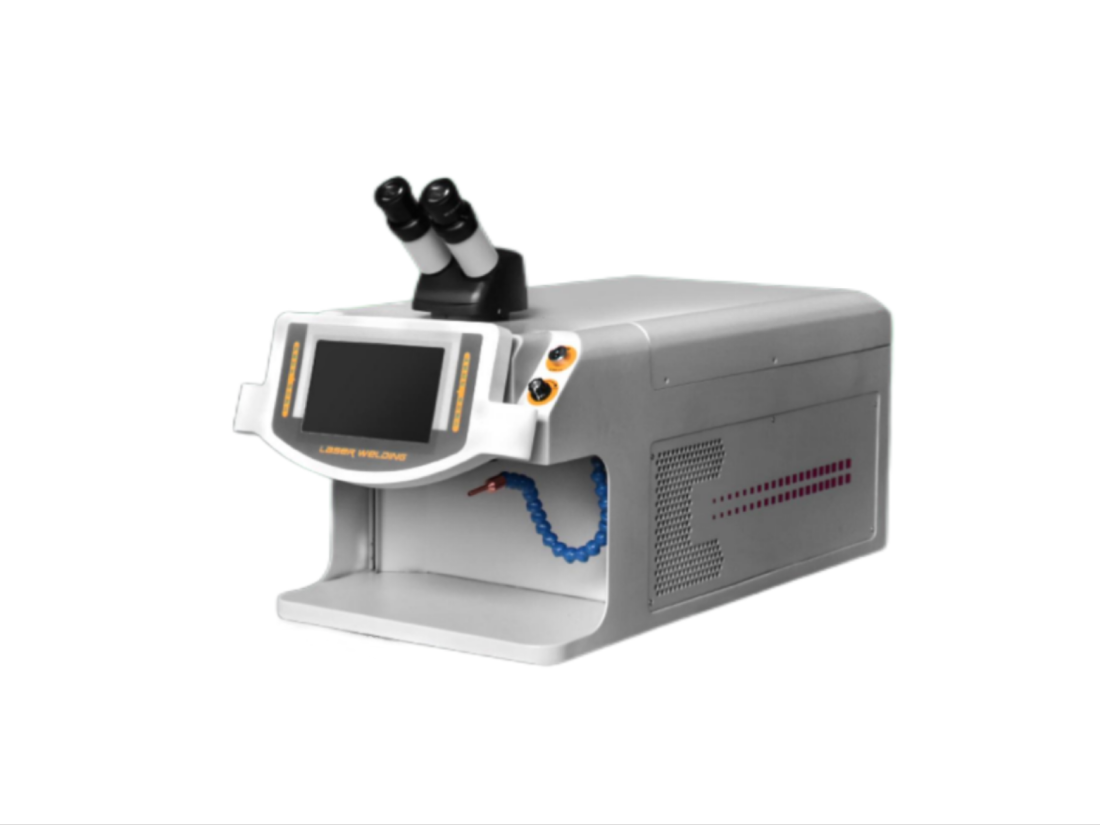- No.609, Centre Of Huijin Nanxiang, Yinxiang Road, Nanxiang Town, Jiading District, Shanghai, China
- sherry@sanmachines.com
- +86-18616767021
Principle of laser cleaning!
In the mid-1980s, scientists such as Beklemyshev and Allrn combined laser technology with cleaning technology according to actual work needs and conducted relevant research. Since then, the technical concept of laser cleaning was born. It is well known that the binding force between pollutants and substrates is divided into covalent bonds, double dipoles, capillary action, and van der Waals forces. If these forces can be overcome or destroyed, the decontamination effect will be achieved.
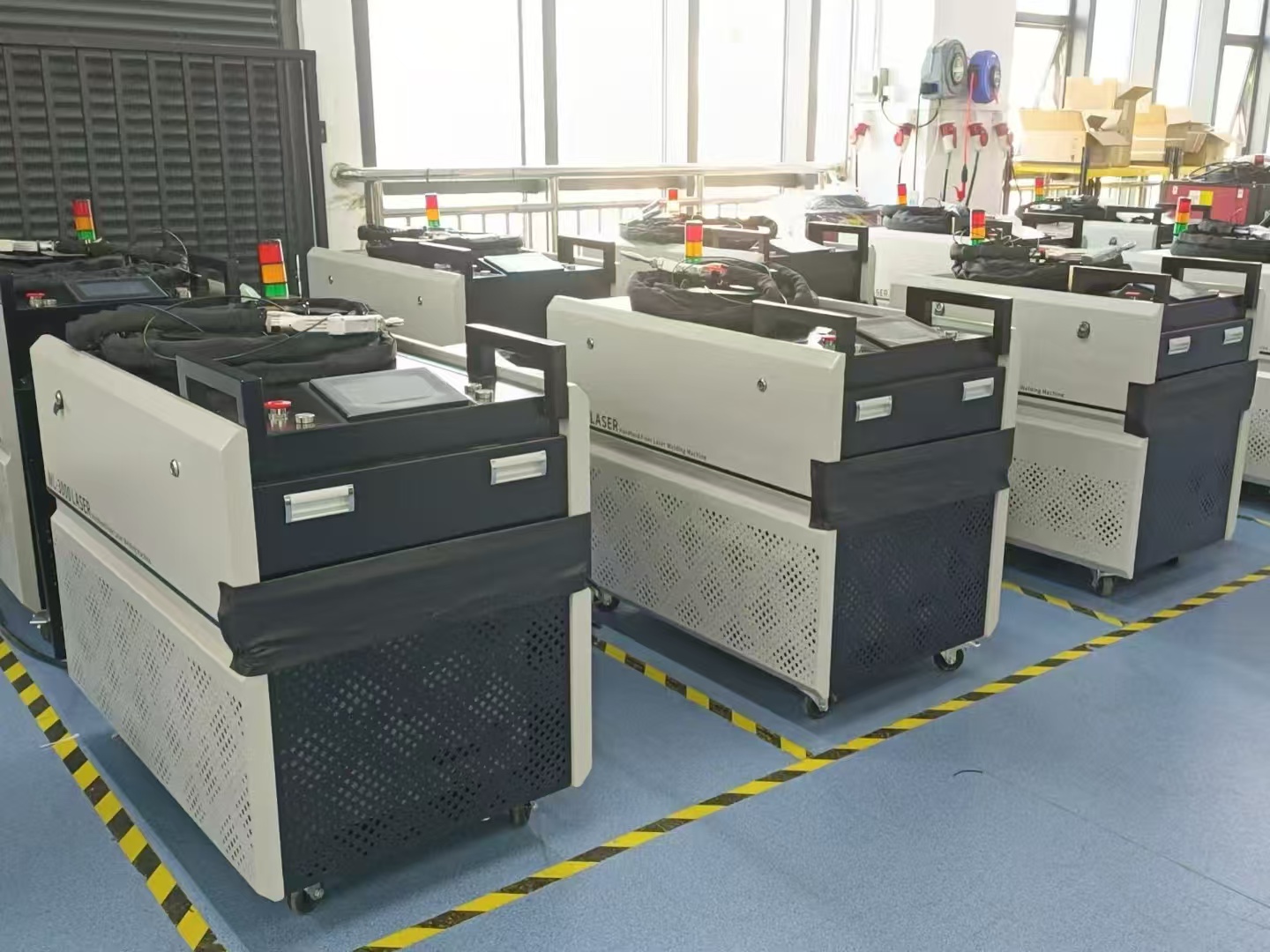
Laser cleaning uses the characteristics of laser beams such as high energy density, controllable direction, and strong convergence ability to destroy the binding force between pollutants and substrates or directly vaporize pollutants to remove pollutants, reduce the bonding strength between pollutants and substrates, and thus achieve the effect of cleaning the surface of the workpiece. The principle diagram of laser cleaning is shown in Figure 1. When the pollutants on the surface of the workpiece absorb the energy of the laser, they quickly vaporize or expand instantly due to heat to overcome the force between the pollutants and the substrate surface. Due to the increase in heat energy, the pollutant particles vibrate and fall off from the substrate surface.
The entire laser cleaning process is roughly divided into four stages, namely laser gasification decomposition, laser stripping, thermal expansion of pollutant particles, vibration of the substrate surface and detachment of pollutants. Of course, when applying laser cleaning technology, attention should also be paid to the laser cleaning threshold of the object to be cleaned, and the appropriate laser wavelength should be selected to achieve the best cleaning effect. Laser cleaning can change the grain structure and orientation of the substrate surface without damaging the substrate surface, and can also control the surface roughness of the substrate, thereby enhancing the comprehensive performance of the substrate surface. The cleaning effect is mainly affected by factors such as beam characteristics, physical parameters of the substrate and pollutant materials, and the ability of the pollutant to absorb beam energy. At present, laser cleaning technology includes three cleaning methods: dry laser cleaning technology, wet laser cleaning technology, and laser plasma shock wave technology.
1. Dry laser cleaning is to directly irradiate the workpiece with pulsed laser to make the substrate or surface pollutants absorb energy and increase temperature, resulting in thermal expansion or substrate thermal vibration, thereby separating the two. This method is roughly divided into two cases: one is that the surface pollutants absorb laser expansion; the other is that the substrate absorbs laser to generate thermal vibration.
2. Wet laser cleaning is to pre-coat the surface of the workpiece before the pulse laser irradiates the workpiece to be cleaned. Under the action of the laser, the temperature of the liquid film rises rapidly and vaporizes. At the moment of vaporization, a shock wave is generated, which acts on the pollutant particles and causes them to fall off the substrate. This method requires that the substrate and the liquid film cannot react, so the range of application materials is limited.
3. Laser plasma shock wave is a spherical plasma shock wave generated by breaking through the air medium during laser irradiation. The shock wave acts on the surface of the substrate to be cleaned and releases energy to remove pollutants; the laser does not act on the substrate, so it does not damage the substrate. Laser plasma shock wave cleaning technology can now clean particle pollutants with a particle size of tens of nanometers, and there is no limit on the laser wavelength.
In actual production, different test methods and related parameters should be selected according to needs to obtain high-quality cleaned workpieces. In the laser cleaning process, surface cleaning efficiency and quality assessment are important criteria for determining the quality of laser cleaning technology.
Related product links


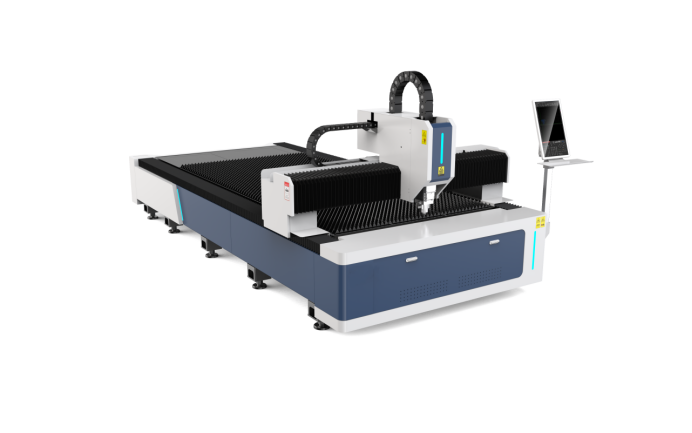
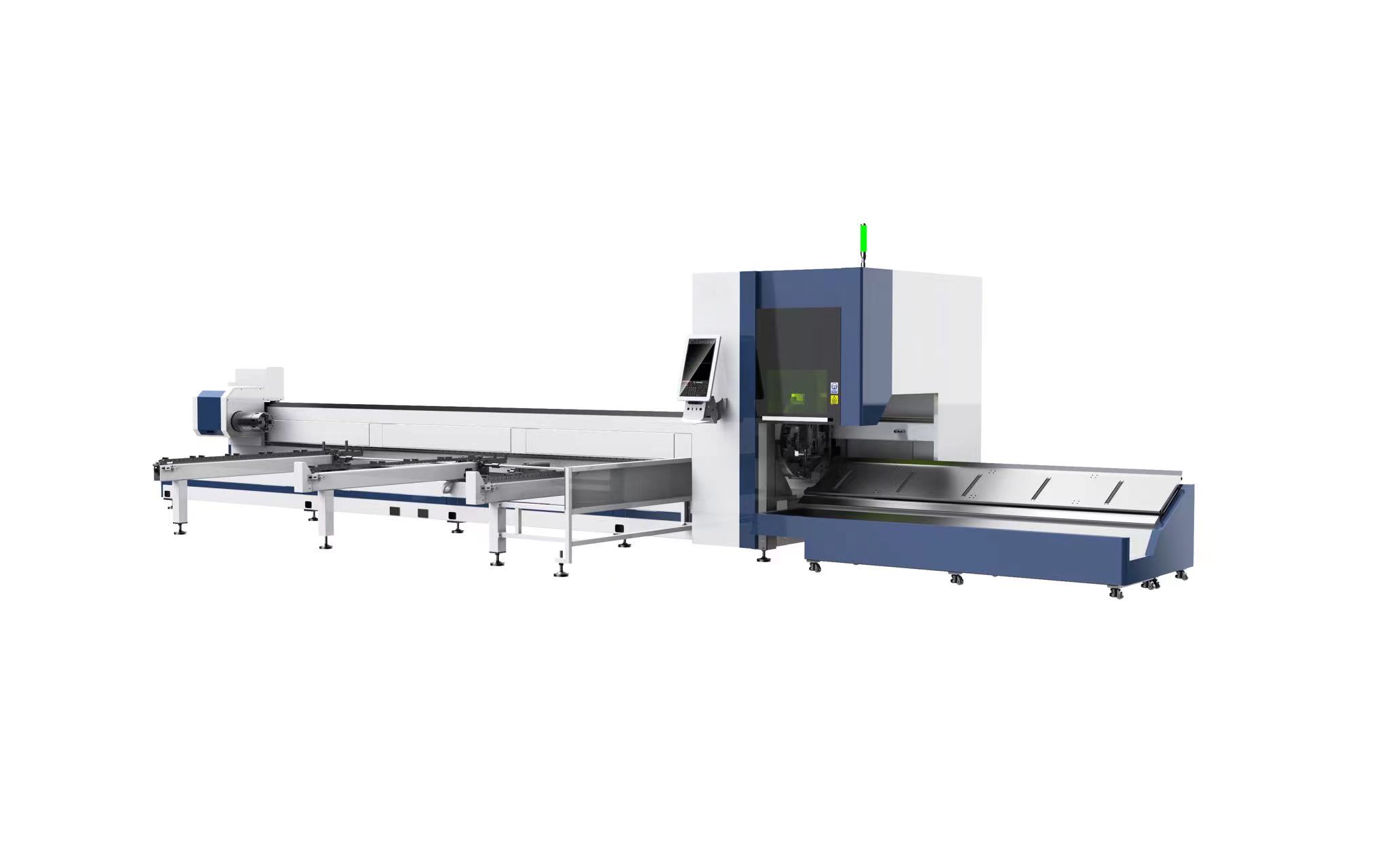
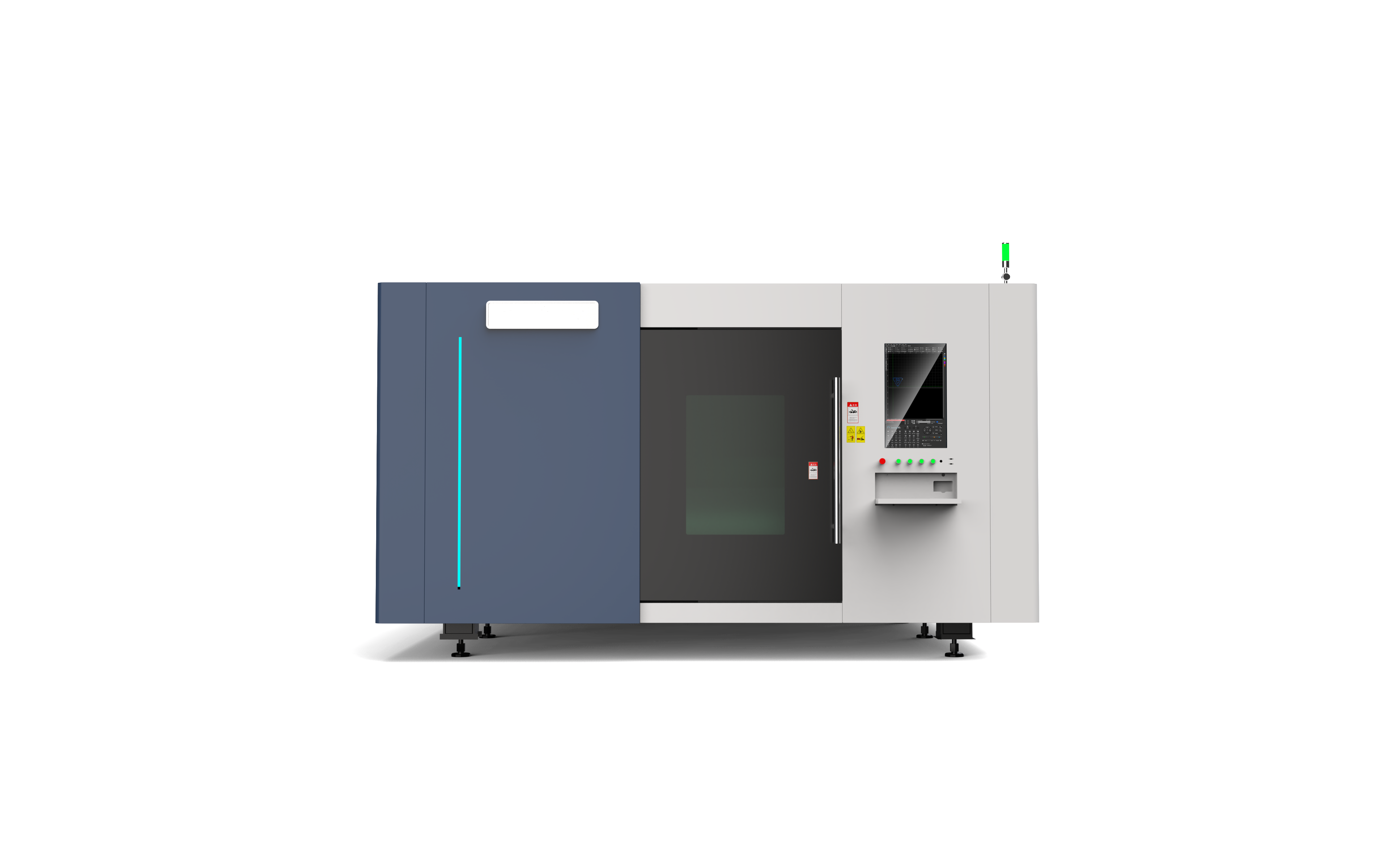
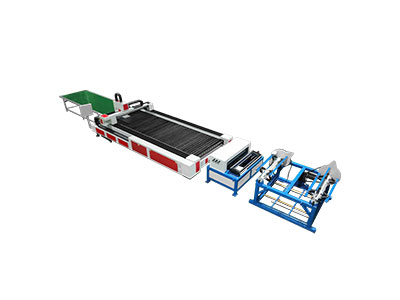
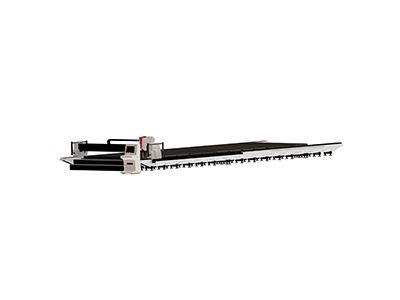
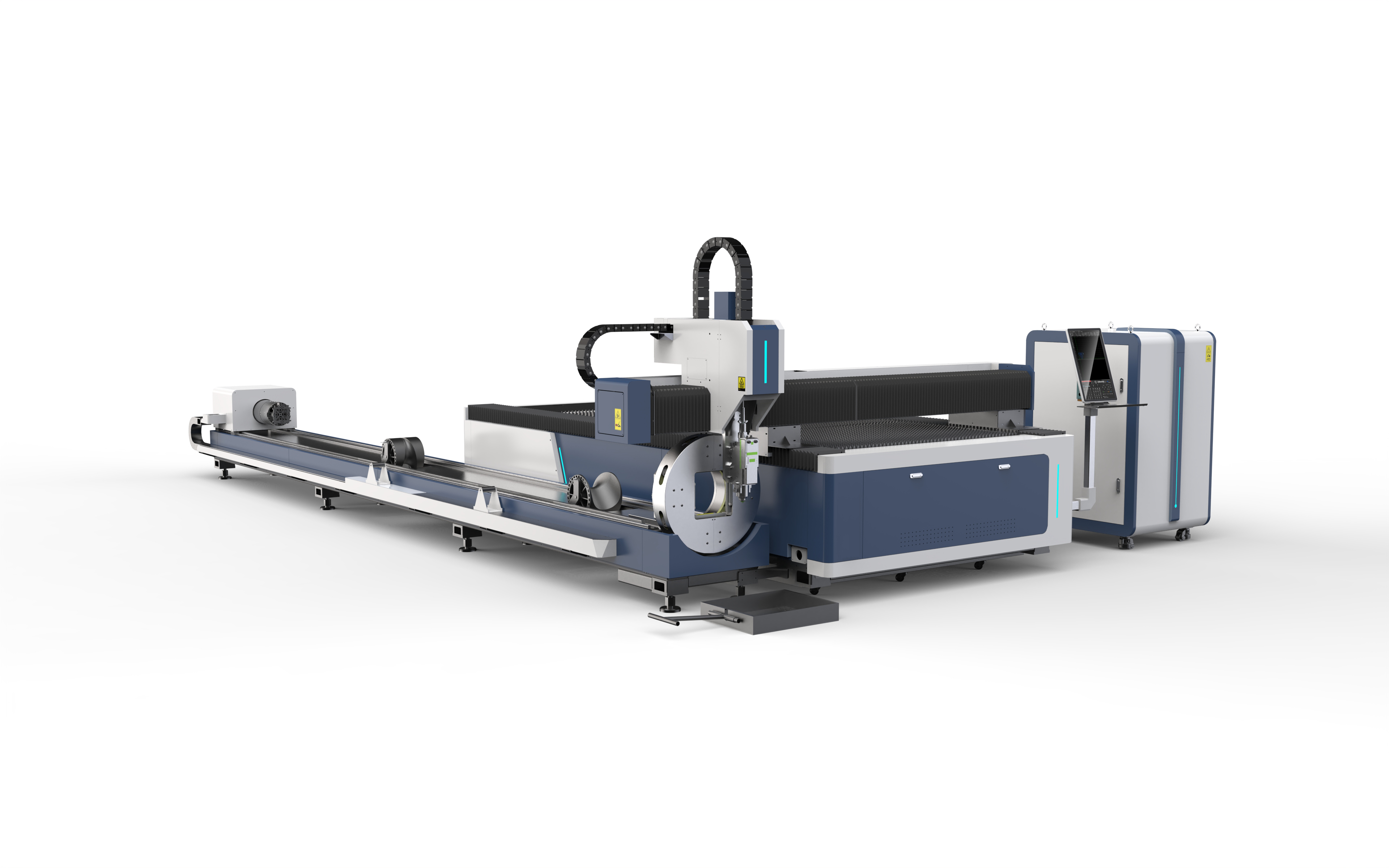
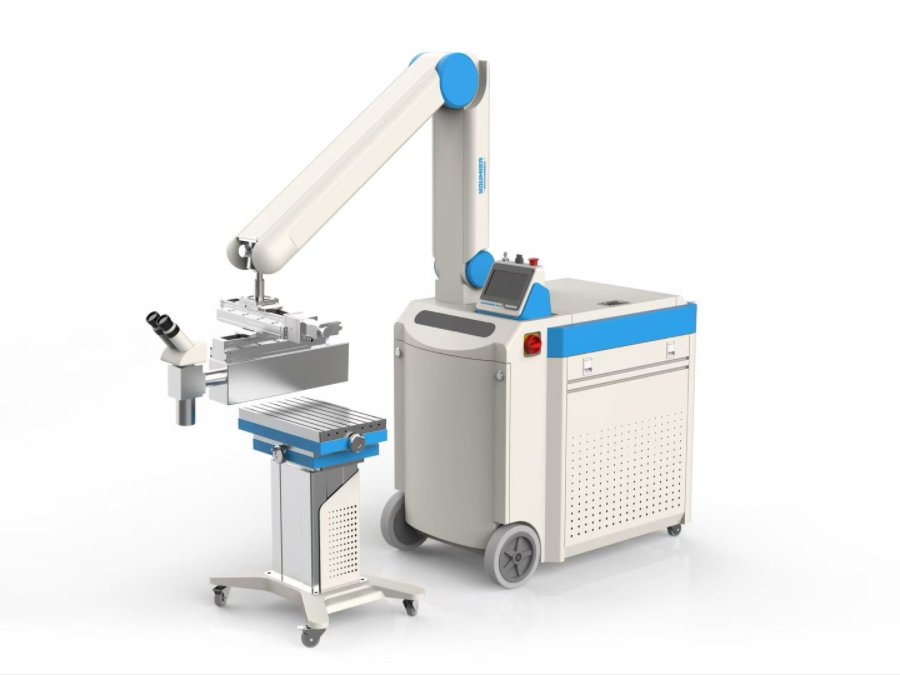
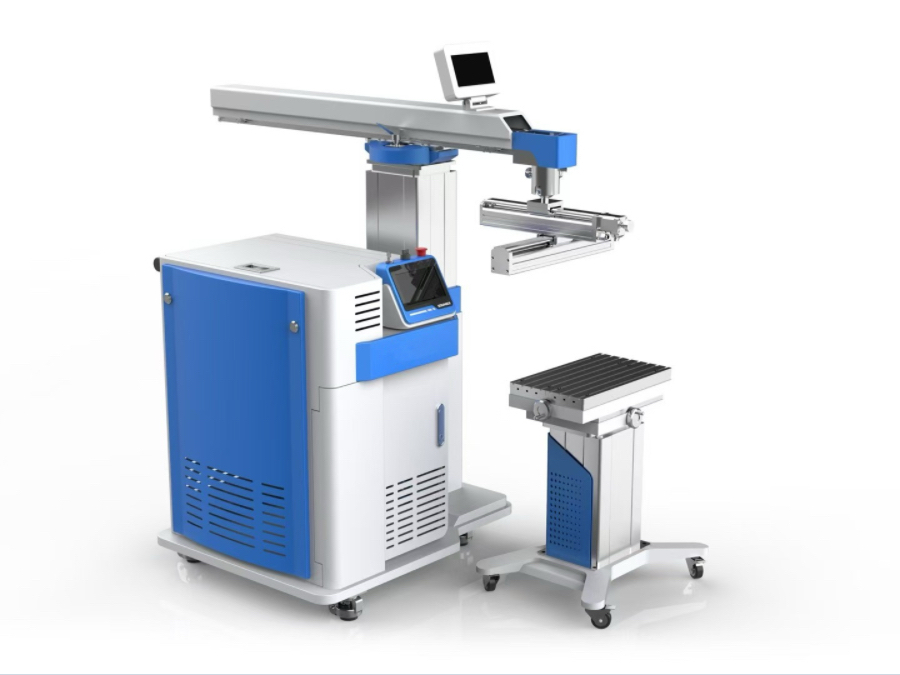
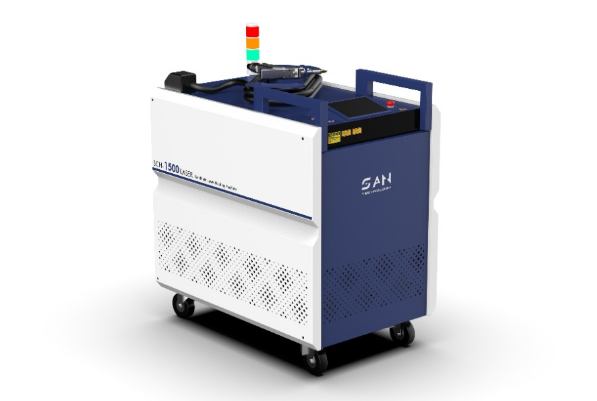
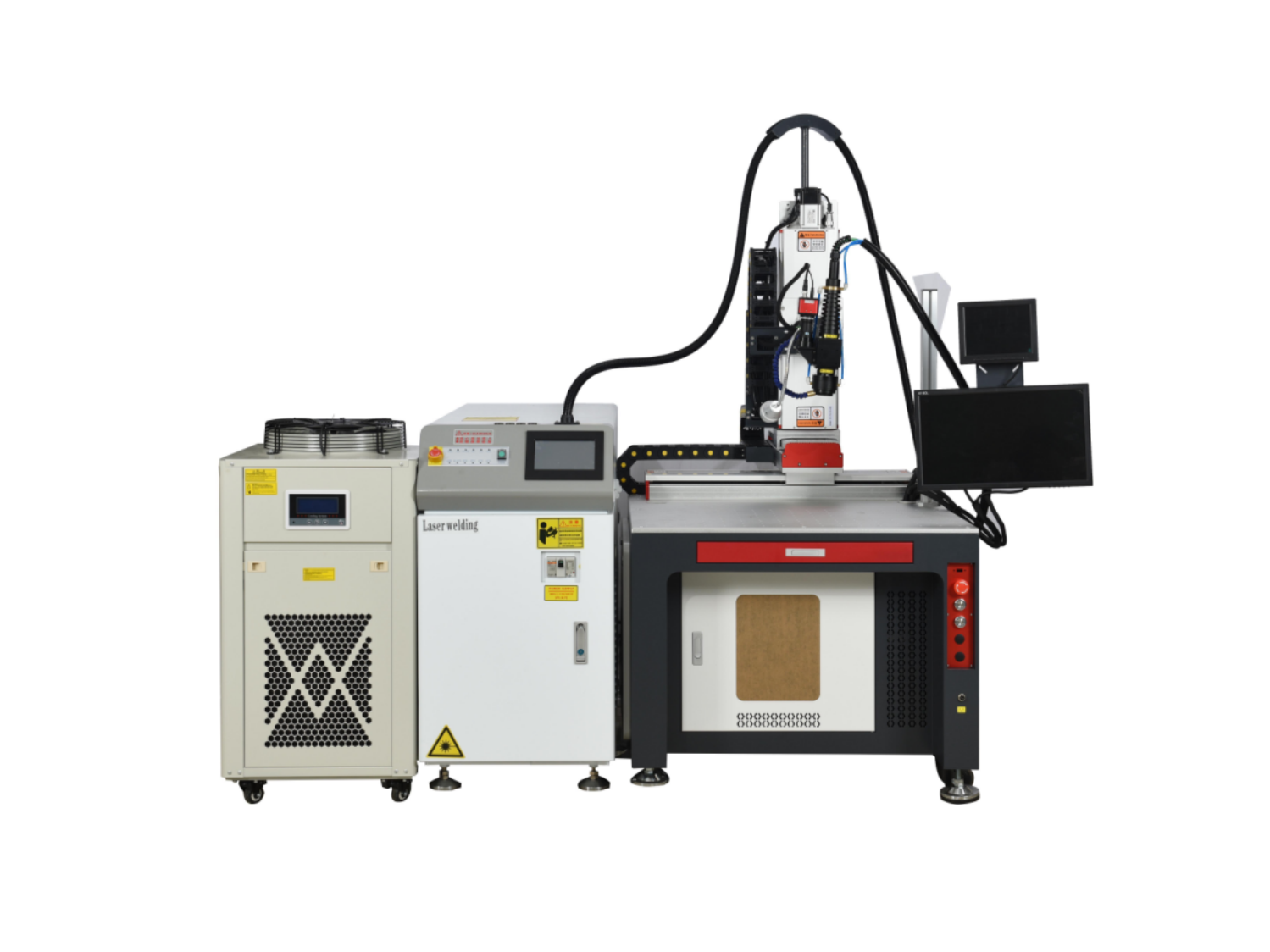
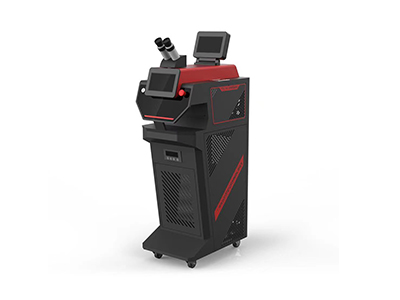
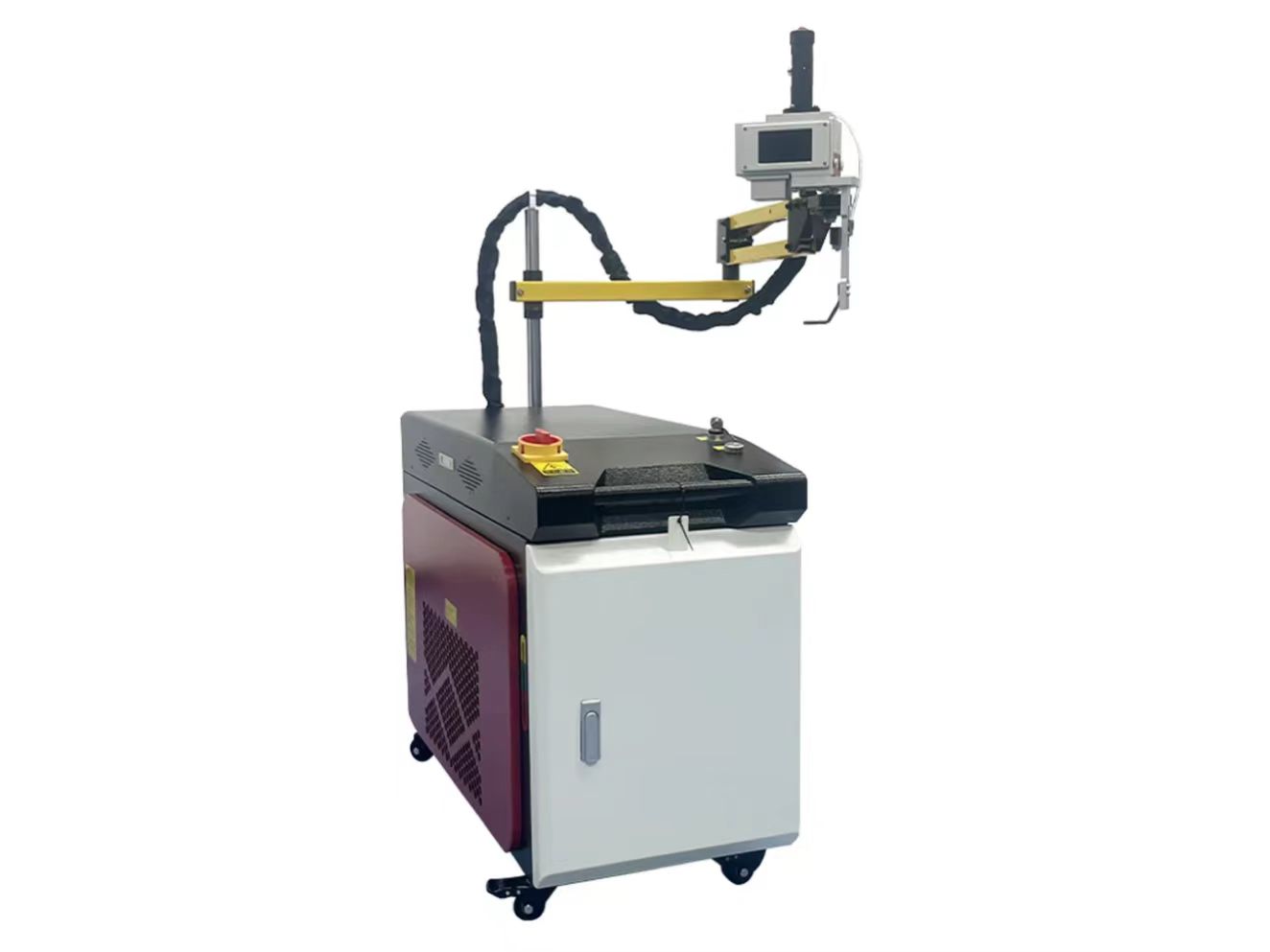
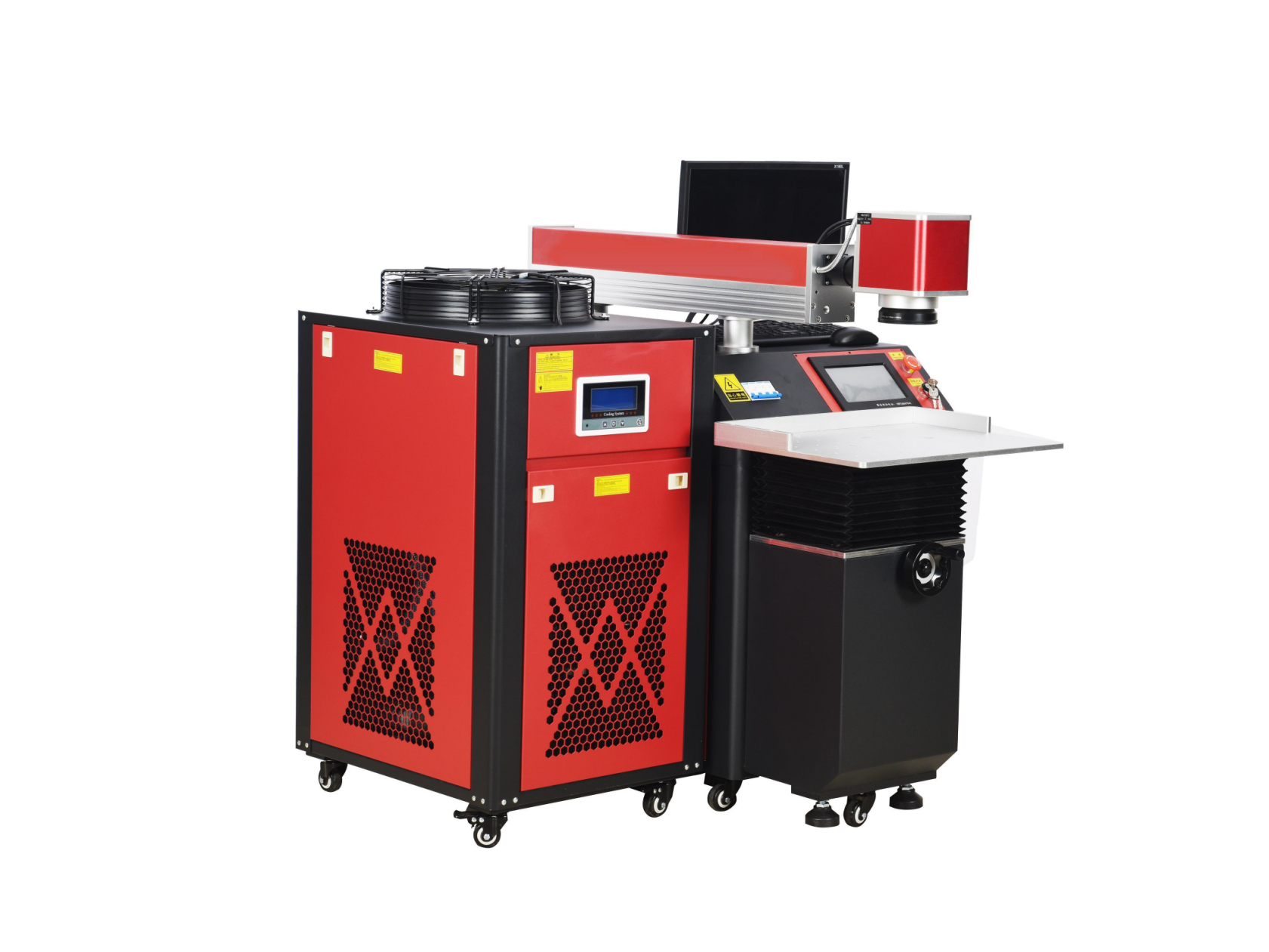
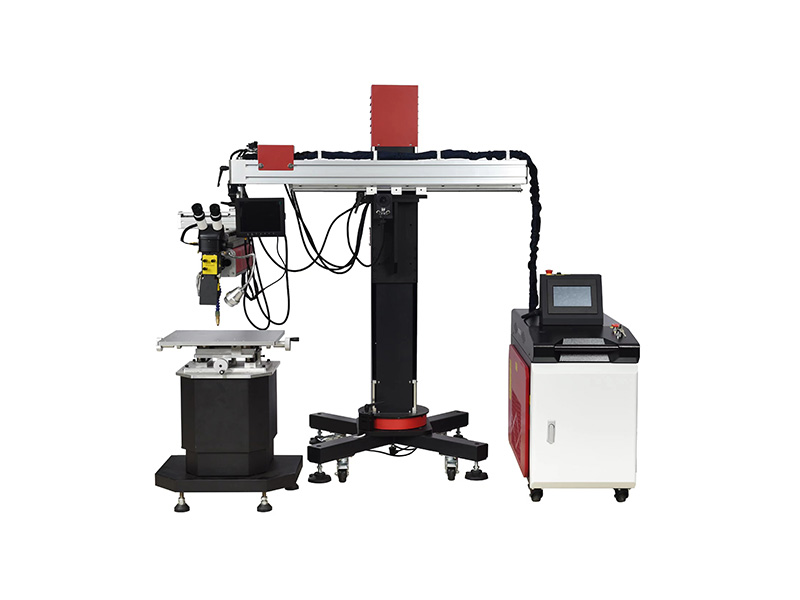
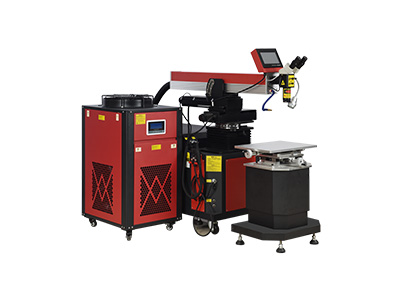
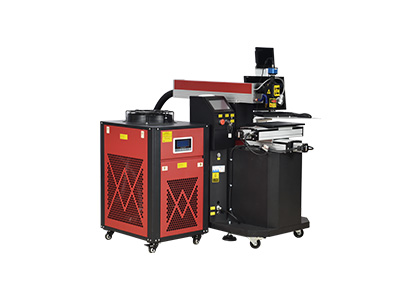
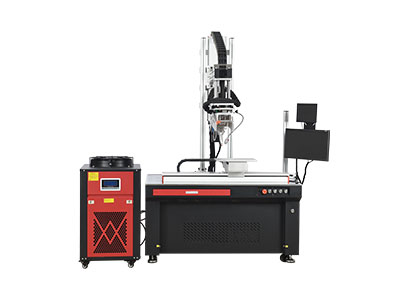
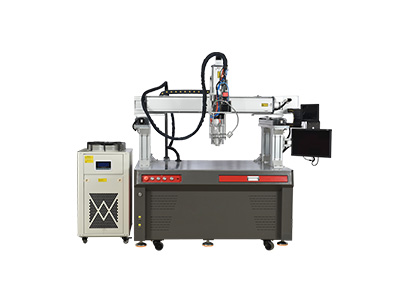
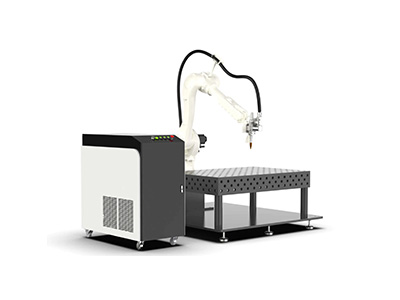
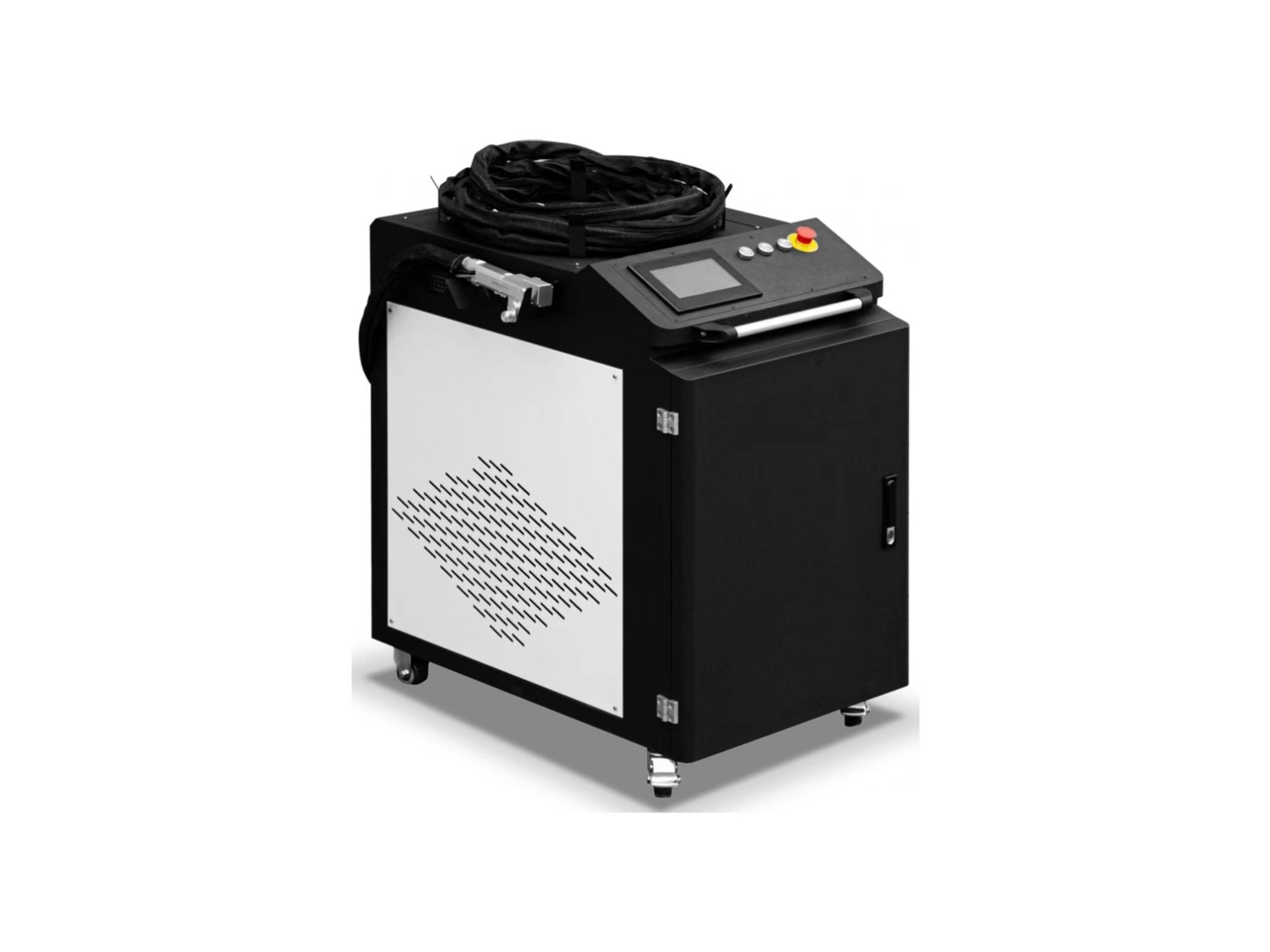
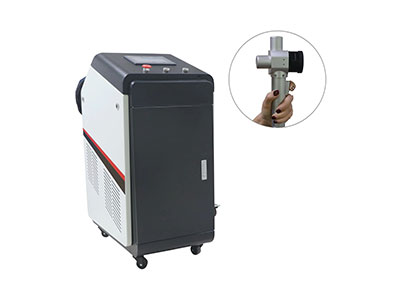
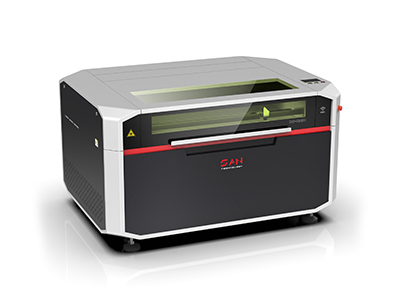
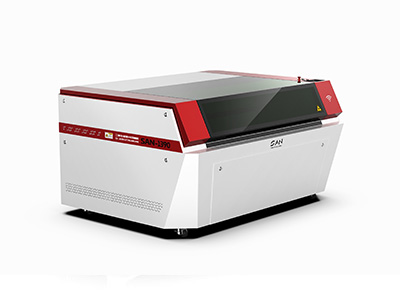
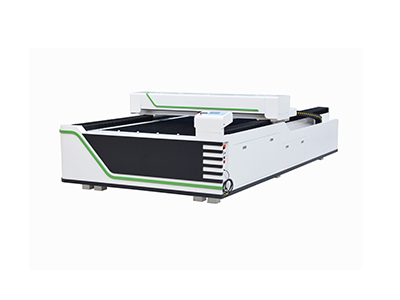
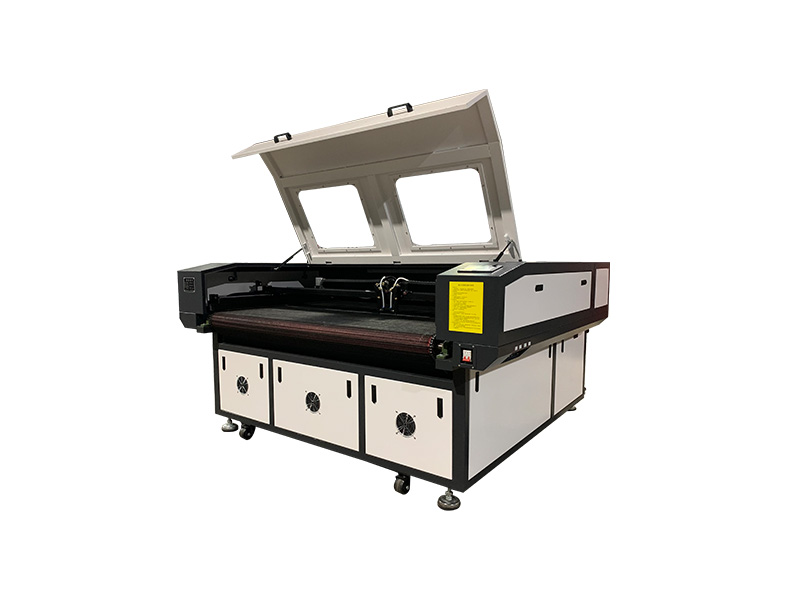
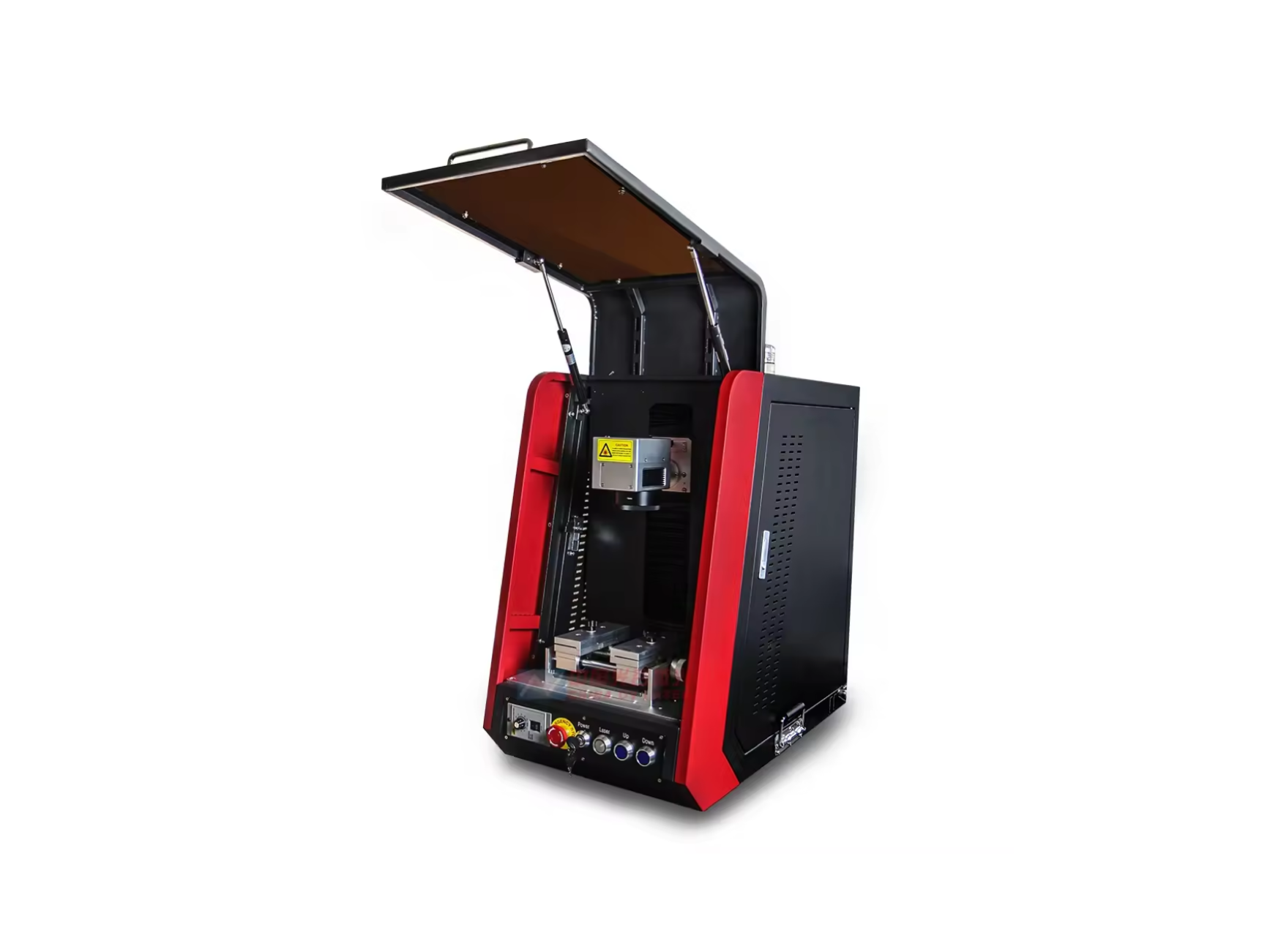
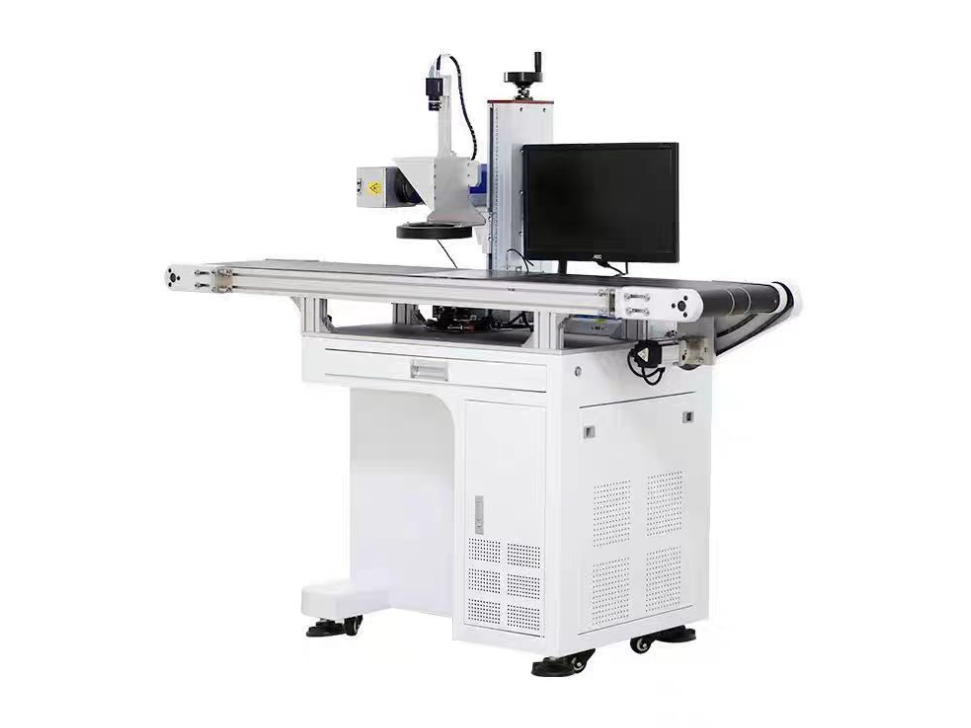
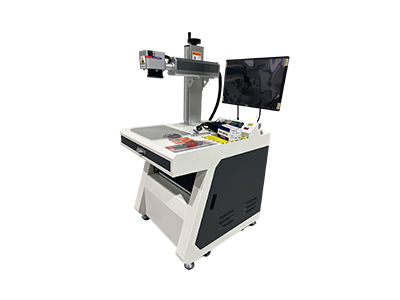
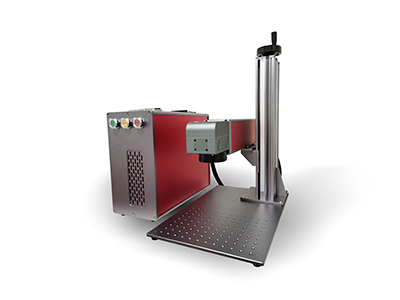
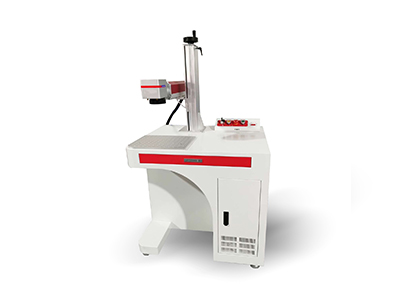
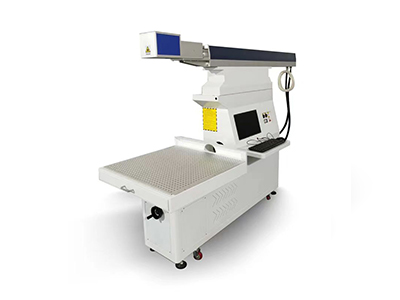
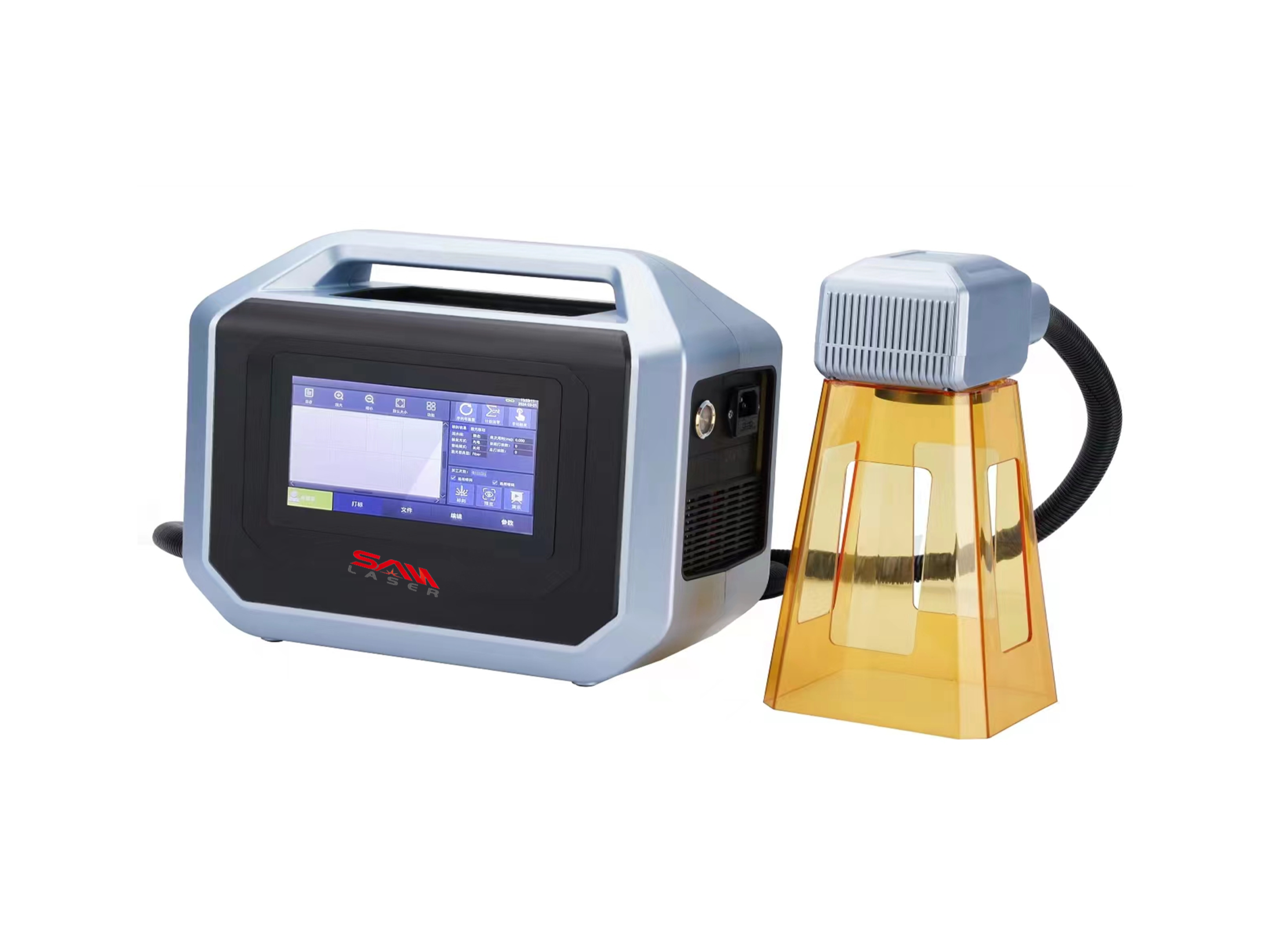
 Welder News
Welder News
